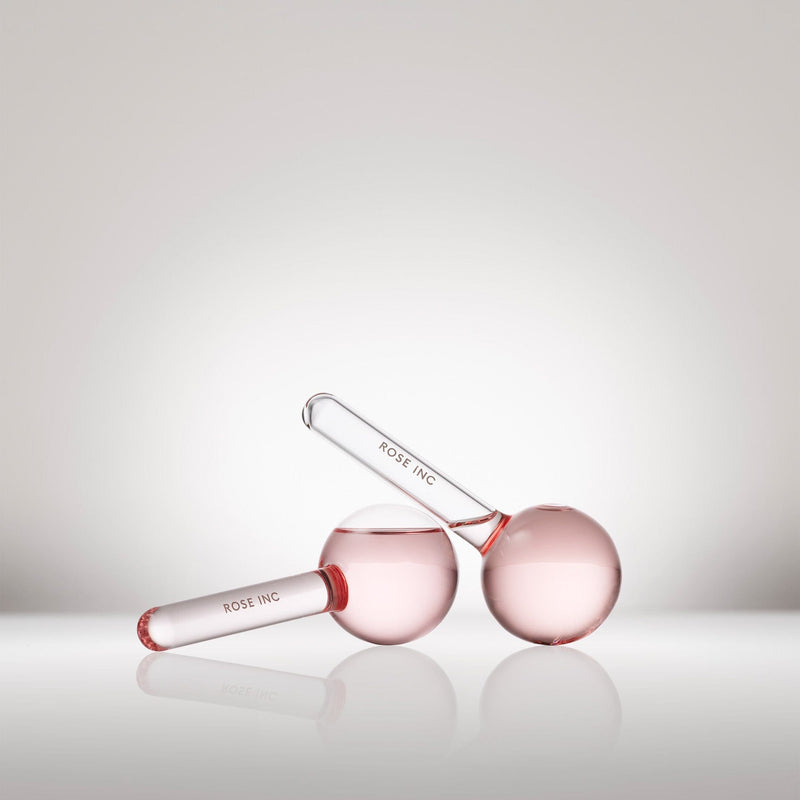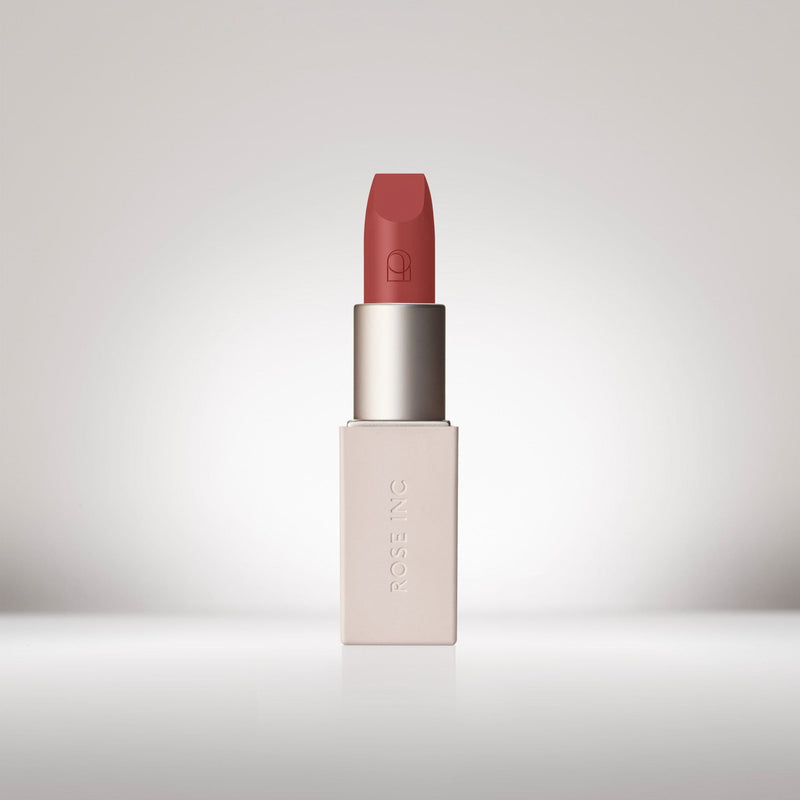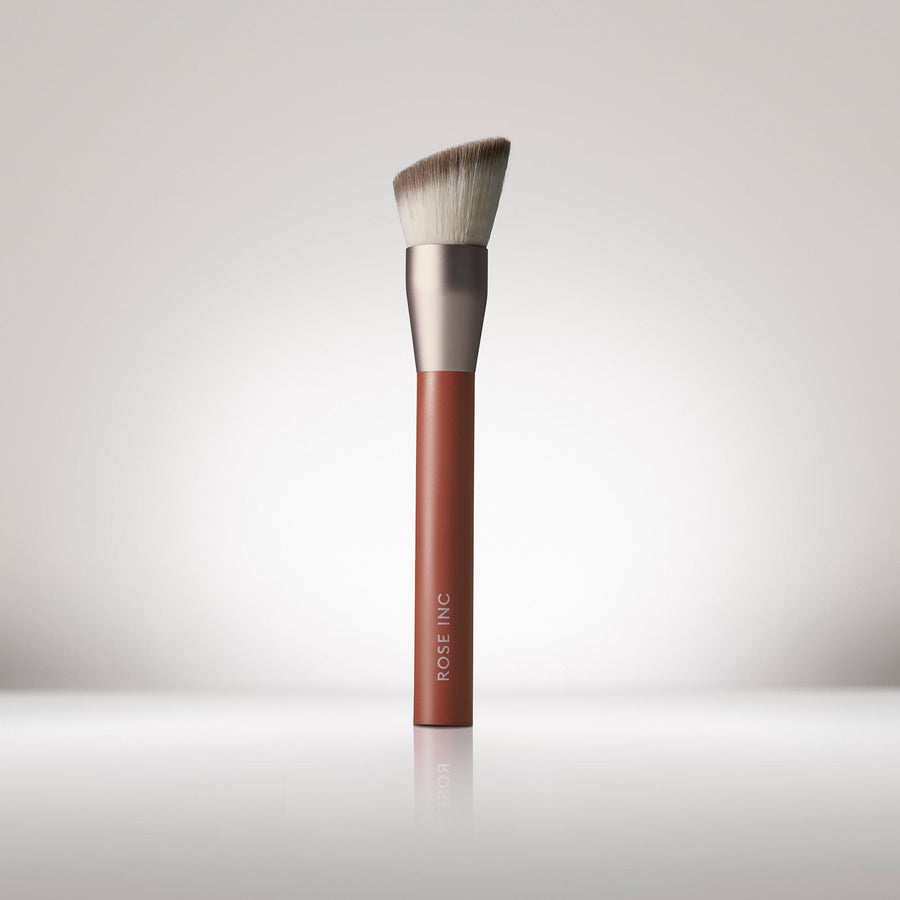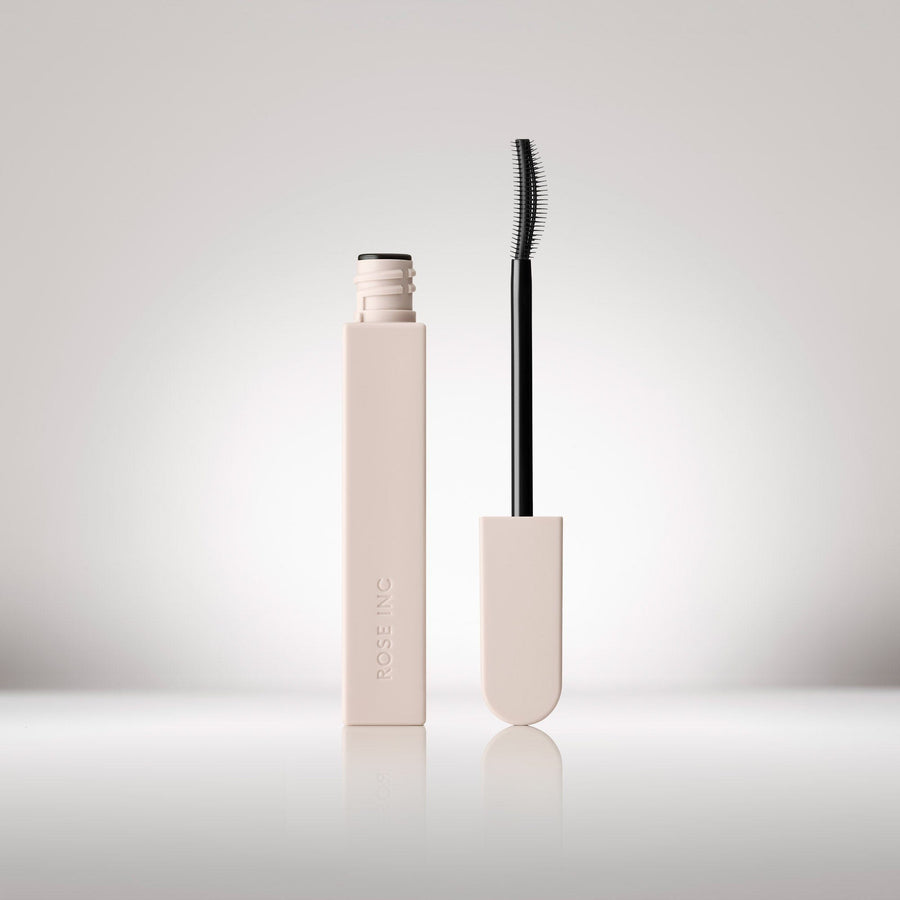
Everything You Need to Know About Lymphatic Drainage Massag...
The massage therapist talks all things lymphatic drainage, from benefits to at-home techniques to try now.
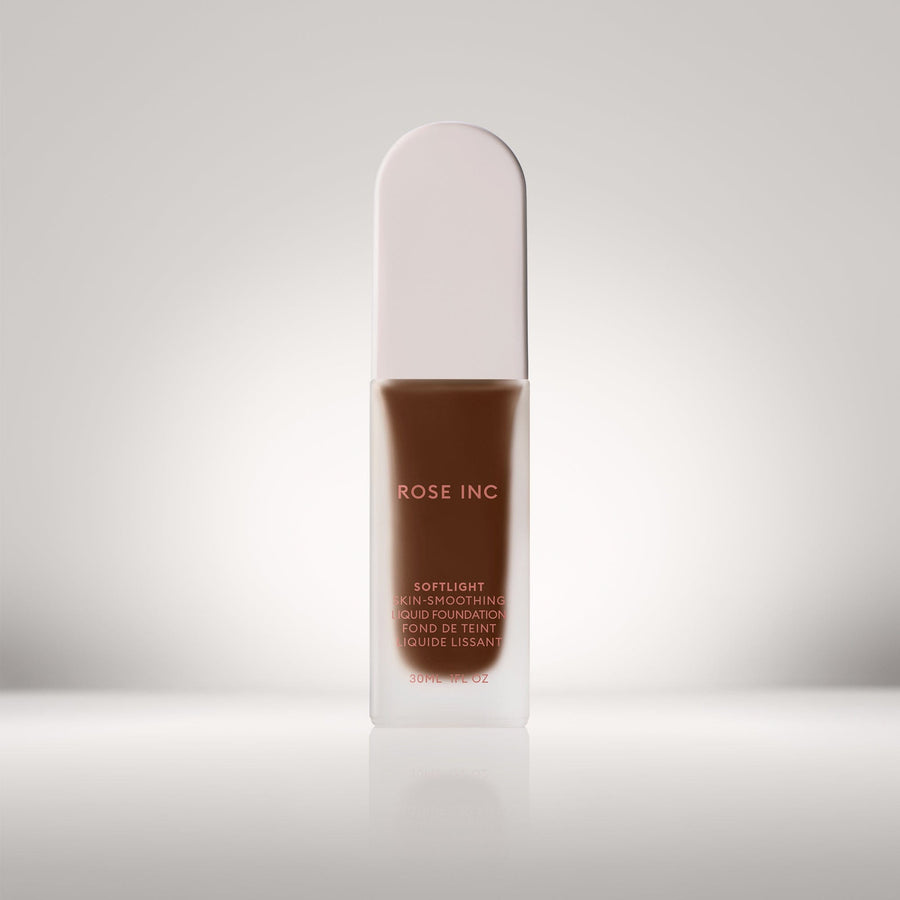
31N
Deep with Neutral Undertone
30W
Deep with Warm Red Undertone
29N
Deep with Neutral Red Undertone
28W
Deep with Warm Golden Undertone
27C
Deep with Cool Red Undertone
26N
Deep with Cool Red Undertone
25W
Deep with Warm Golden Undertone
24W
Medium-Deep with Warm Olive Undertone
23C
Medium-Deep with Cool Pink Undertone
22N
Medium-Deep with Neutral Undertone
21W
Medium-Deep with Neutral Undertone
20N
Medium-Deep with Neutral Golden Undertone
19N
Medium-Deep with Neutral Undertone
18W
Medium-Deep with Warm Golden Undertone
17C
Medium with Cool Pink Undertone
16W
Medium with Warm Olive Undertone
15N
Medium with Neutral Golden Undertone
14W
Medium with Warm Peach Undertone
13N
Medium with Neutral Undertone
12C
Medium with Cool Neutral Undertone
11W
Medium with Warm Golden Undertone
10N
Light-Medium with Neutral Olive Undertone
9W
Light-Medium with Warm Peach Undertone
8N
Light with Neutral Undertone
7C
Light with Cool Pink Undertone
6W
Light with Warm Golden Undertone
5N
Light with Neutral Undertone
4W
Light with Warm Golden Undertone
3N
Fair with Neutral Undertone
2N
Fair with Neutral Olive Undertone
1C
Fair with Cool Pink Undertone
31N
Deep with Neutral Undertone
Medium Coverage, brightening, balancing

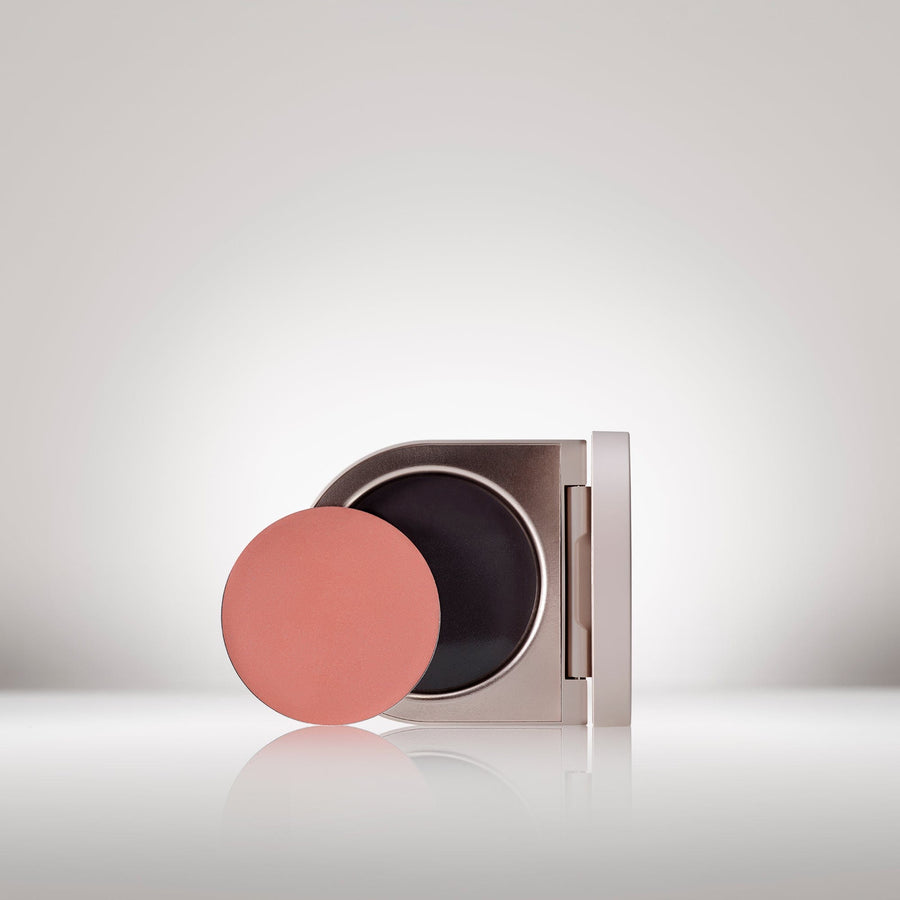
Hydrangea
Light cool pink
Wisteria
Coral pink
Anemone
Coral
Heliotrope
Apricot
Delphine
Muted peach
Daylily
Rich taupe
Foxglove
Warm terracotta
Ophelia
True pink
Camellia
Mauve
Hibiscus
Bright plum
Azalea
Berry
Dahlia
Deep berry
Hydrangea
Light cool pink
Brightening, blurring and longwearing
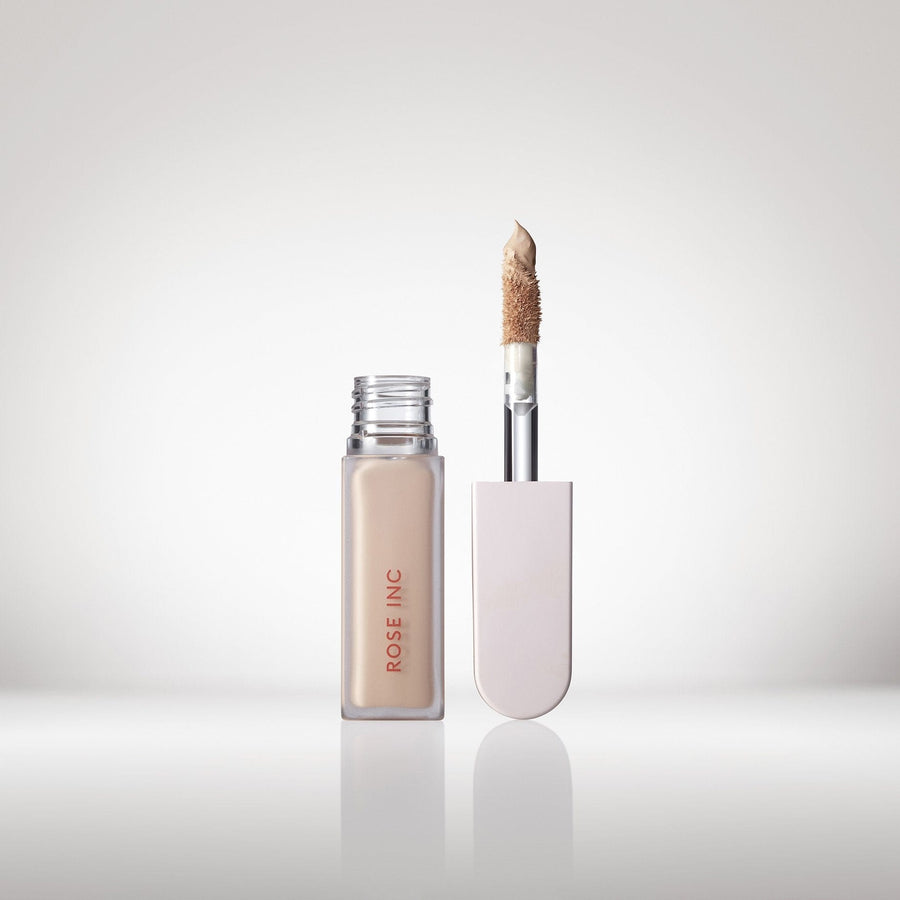
LX 200
Very Deep Skin Tone, Neutral Undertone
LX 190
Very Deep Skin Tone, Cool Red Undertone
LX 180
Deep Skin Tone, Warm Neutral Undertone
LX 170
Deep Skin Tone, Golden Undertone
LX 160
Deep Skin Tone, Red Undertone
LX 150
Deep Skin Tone, Neutral Undertone
LX 140
Medium/Deep Skin Tone, Neutral Undertone
LX 130
Medium/Deep Skin Tone, Warm Golden Undertone
LX 120
Medium/Deep Skin Tone, Pink Undertone
LX 110
Medium/Deep Skin Tone, Golden Undertone
LX 100
Medium/Deep Skin Tone, Peach Undertone
LX 090
Medium Skin Tone, Olive Undertone
LX 080
Medium Skin Tone, Pink Undertone
LX 070
Medium Skin Tone, Golden Undertone
LX 060
Medium Skin Tone, Peach Undertone
LX 050
Light/Medium Skin Tone, Neutral Undertone
LX 040
Light/Medium Skin Tone, Golden Neutral Undertone
LX 030
Light Skin Tone, Pink Undertone
LX 020
Light Skin Tone, Peach Undertone
LX 010
Fair Skin Tone, Neutral Undertone
LX 200
Very Deep Skin Tone, Neutral Undertone
Medium coverage, brightening, blurring


140
Very Deep Skin Tone/Red Undertone
130
Deep Skin Tone/Neutral Undertone
120
Deep Skin Tone/Red Undertone
110
Deep Skin Tone/Golden Undertone
100
Medium Deep Skin Tone/Golden Undertone
090
Medium Deep Skin Tone/Olive Undertone
080
Medium Tan Skin Tone/ Peach Undertone
070
Medium Skin Tone/Peach Undertone
060
Medium Skin Tone/ Neutral Undertone
050
Medium Skin Tone/ Pink Undertone
040
Light to Medium Skin Tone/ Neutral Undertone
030
Light Skin Tone/ Warm Golden Undertone
020
Light Skin Tone/Warm Peach Undertone
010
Fair Skin Tone/ Cool Pink Undertone
140
Very Deep Skin Tone/Red Undertone
Sheer Coverage, illuminating, hydrating

Skin cancer can take many different forms, from a sore that won’t heal, to a pink, scaly patch, to a crusted bump or a darkly pigmented spot. It’s easy to confuse the life-threatening disease for something else, such as a rash or acne, allowing it to go undetected, according to dermatologist and skin cancer expert Dr. Paula Bourelly of Olney Dermatology Associates in Olney, Md.,
To help you identify warning signs and follow best practices for skin cancer prevention, including best sunscreens to wear, Dr. Bourelly shares her tips below.

There are many different types of skin cancer, but the most common forms are basal cell carcinoma (BCC), squamous cell carcinoma (SCC) and melanoma. “They can look distinctly different,” says Dr. Bourelly. Basal cell carcinoma, the most frequently occurring skin cancer, can “present as a non-healing sore” or a shiny bump or pink growth, while SCC can sometimes look like “a pink scaly patch, or crusted bump.” Melanomas, meanwhile, may appear as an “irregular darkly pigment spot” or as a new spot on your skin. Another technique used to identify skin cancer is called the ABCDE rule. Each letter exemplifies what an individual should look out for when it comes to skin cancer developing. The A stands for a spot that is asymmetrical. The B is for borders of a mole that are pink, red, or blurry. The C is for color, reminding people to look out for a mole that has multiple colors. D is for diameter– danger signs include a mole that has a diameter larger than ¼ inch. And lastly, E is for evolution. It’s important to ask yourself: is the mole changing in size, hue, shape, etc.?
On brown skin, “some areas that typically appear as red or pink on lighter skin, may appear as purple on deeper skin tones,” says Dr. Bourelly. “The site might also differ, with certain types of melanoma arising more commonly on the soles of feet in people of African descent, whereas basal cell and squamous cell carcinomas are almost exclusively on sun-exposed areas (scalp, face, the backs of hands and chest) in whiter skin.”
In some cases, skin cancer may be completely asymptotic, while in others, the site may itch, ooze, crust over or even hurt, Dr. Bourelly explains. In situations where skin is eroded (in other words, the outermost layer of the skin has been broken down,) “some people complain of bleeding at the site with minimal trauma.”
Clean Beauty. Science-Backed. Made for You.
One of the biggest causes of skin cancer is unprotected sun exposure. “Many people think that, because they are wearing sun protection, they are okay, if they tan, but don’t burn,” Dr. Bourelly explains. “We have now learned that tanning also places patients at long-term risk of developing certain skin cancers. This practice, whether in natural sunlight or an artificial source (tanning salons), should simply be avoided.”
Clean Beauty. Science-Backed. Made for You.
“Sun protection is your greatest defense against developing sun-induced skin cancers,” Dr. Bourelly says. “Wearing a broad-spectrum sunscreen with a sun protection factor (SPF) of at least 30 daily can be very protective.” It’s best to apply SPF 30 minutes prior to being outside. “If you expect to be exposed to the sun all day, it is recommended that you re-apply your sunscreen every 3-4 hours to ensure protection,” Dr. Bourelly says. “Many sunscreen products degrade rapidly in the setting of sun exposure, which helps explain why some people who wear sunscreen can still manage to tan or even burn if they remain in direct sunlight for an extended period of time.” She also notes that SPF should be applied to exposed skin daily — even in cold or cloudy climates — which helps reduce the development of unwanted brown spots, textural roughness and other signs of premature aging.
Clean Beauty. Science-Backed. Made for You.

Dr. Bourelly recommends gravitating towards sunscreens that contain zinc oxide and titanium dioxide because they have long-lasting sunscreen capabilities, act as a physical barrier to UV rays, and don't pose concerns over widespread skin absorption. (“Looking for products that are ‘reef safe’ will also help us preserve our precious marine environment,” she adds.) It’s important to avoid SPFs with oxybenzone and benzene as they “were recently identified as worrisome ingredients in sunscreens,” she says, as oxybenzone ruins coral reefs, while benzene can be found in cigarette smoke and increase risk of cancer. “Fortunately, many brands have already removed these ingredients.”
The face, ears, balding scalps, chests, back of necks and backs of hands are usually the skin areas most exposed to the sun, and therefore most susceptible to skin cancer. But come swimsuit season, Dr. Bourelly argues that all parts of the skin should be covered with sunscreen for optimum protection against skin cancer.

31N
Deep with Neutral Undertone
30W
Deep with Warm Red Undertone
29N
Deep with Neutral Red Undertone
28W
Deep with Warm Golden Undertone
27C
Deep with Cool Red Undertone
26N
Deep with Cool Red Undertone
25W
Deep with Warm Golden Undertone
24W
Medium-Deep with Warm Olive Undertone
23C
Medium-Deep with Cool Pink Undertone
22N
Medium-Deep with Neutral Undertone
21W
Medium-Deep with Neutral Undertone
20N
Medium-Deep with Neutral Golden Undertone
19N
Medium-Deep with Neutral Undertone
18W
Medium-Deep with Warm Golden Undertone
17C
Medium with Cool Pink Undertone
16W
Medium with Warm Olive Undertone
15N
Medium with Neutral Golden Undertone
14W
Medium with Warm Peach Undertone
13N
Medium with Neutral Undertone
12C
Medium with Cool Neutral Undertone
11W
Medium with Warm Golden Undertone
10N
Light-Medium with Neutral Olive Undertone
9W
Light-Medium with Warm Peach Undertone
8N
Light with Neutral Undertone
7C
Light with Cool Pink Undertone
6W
Light with Warm Golden Undertone
5N
Light with Neutral Undertone
4W
Light with Warm Golden Undertone
3N
Fair with Neutral Undertone
2N
Fair with Neutral Olive Undertone
1C
Fair with Cool Pink Undertone
31N
Deep with Neutral Undertone
Medium Coverage, brightening, balancing


Hydrangea
Light cool pink
Wisteria
Coral pink
Anemone
Coral
Heliotrope
Apricot
Delphine
Muted peach
Daylily
Rich taupe
Foxglove
Warm terracotta
Ophelia
True pink
Camellia
Mauve
Hibiscus
Bright plum
Azalea
Berry
Dahlia
Deep berry
Hydrangea
Light cool pink
Brightening, blurring and longwearing

LX 200
Very Deep Skin Tone, Neutral Undertone
LX 190
Very Deep Skin Tone, Cool Red Undertone
LX 180
Deep Skin Tone, Warm Neutral Undertone
LX 170
Deep Skin Tone, Golden Undertone
LX 160
Deep Skin Tone, Red Undertone
LX 150
Deep Skin Tone, Neutral Undertone
LX 140
Medium/Deep Skin Tone, Neutral Undertone
LX 130
Medium/Deep Skin Tone, Warm Golden Undertone
LX 120
Medium/Deep Skin Tone, Pink Undertone
LX 110
Medium/Deep Skin Tone, Golden Undertone
LX 100
Medium/Deep Skin Tone, Peach Undertone
LX 090
Medium Skin Tone, Olive Undertone
LX 080
Medium Skin Tone, Pink Undertone
LX 070
Medium Skin Tone, Golden Undertone
LX 060
Medium Skin Tone, Peach Undertone
LX 050
Light/Medium Skin Tone, Neutral Undertone
LX 040
Light/Medium Skin Tone, Golden Neutral Undertone
LX 030
Light Skin Tone, Pink Undertone
LX 020
Light Skin Tone, Peach Undertone
LX 010
Fair Skin Tone, Neutral Undertone
LX 200
Very Deep Skin Tone, Neutral Undertone
Medium coverage, brightening, blurring


140
Very Deep Skin Tone/Red Undertone
130
Deep Skin Tone/Neutral Undertone
120
Deep Skin Tone/Red Undertone
110
Deep Skin Tone/Golden Undertone
100
Medium Deep Skin Tone/Golden Undertone
090
Medium Deep Skin Tone/Olive Undertone
080
Medium Tan Skin Tone/ Peach Undertone
070
Medium Skin Tone/Peach Undertone
060
Medium Skin Tone/ Neutral Undertone
050
Medium Skin Tone/ Pink Undertone
040
Light to Medium Skin Tone/ Neutral Undertone
030
Light Skin Tone/ Warm Golden Undertone
020
Light Skin Tone/Warm Peach Undertone
010
Fair Skin Tone/ Cool Pink Undertone
140
Very Deep Skin Tone/Red Undertone
Sheer Coverage, illuminating, hydrating
Smoothing, antioxidant-rich and non-comedogenic
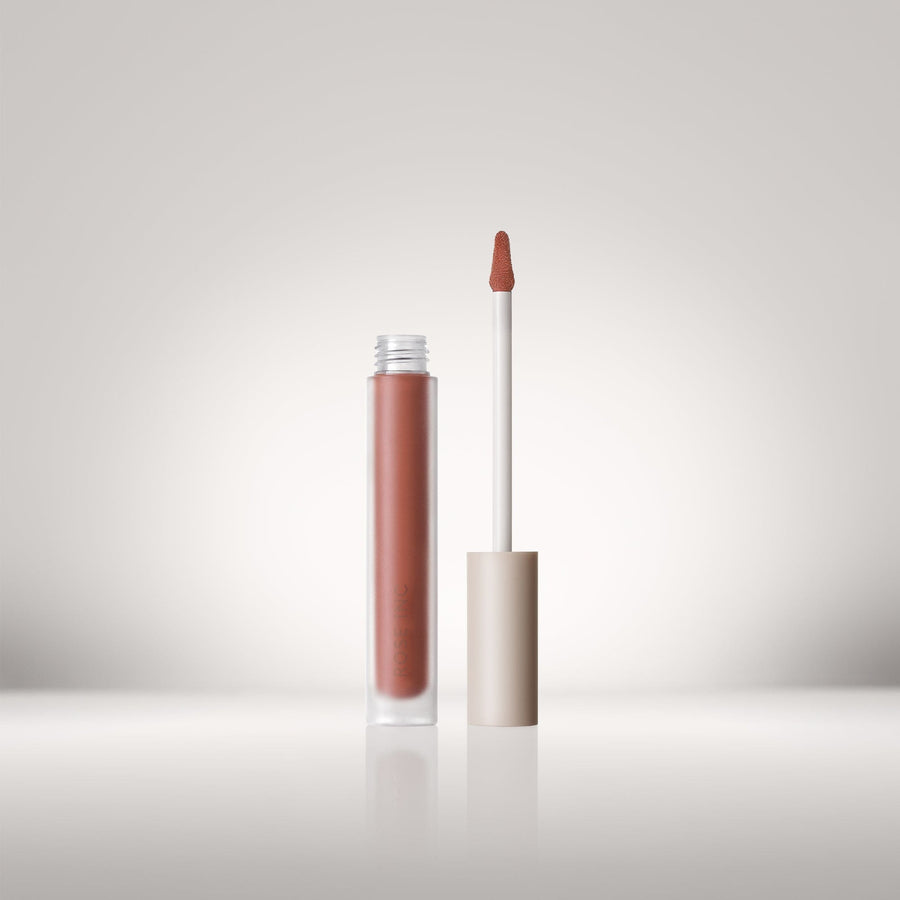
Count the Ways
Beige pink
Kiss and Part
Blush pink
Ever Loved
Melon pink
Of Stars
Cool pink
Dreamed You
Warm rose
A Glimpse
Cool mauve
Two Were One
Rose brown
Love Beckons
Wine red
Then I Knew
Plum berry
Their Union
Vivid pink
Mortal Flame
Fiery red
Count the Ways
Beige pink
Diffused, smoothing, and pigment-rich

Lustrous
Rich copper
Glancing
Rosy bronze
Prismatic
Warm gold
Opalescent
Cool pink
Brilliant
Pearl
Lustrous
Rich copper
Illuminating, smoothing and non-comedogenic
Smoothing, plumping and conditioning
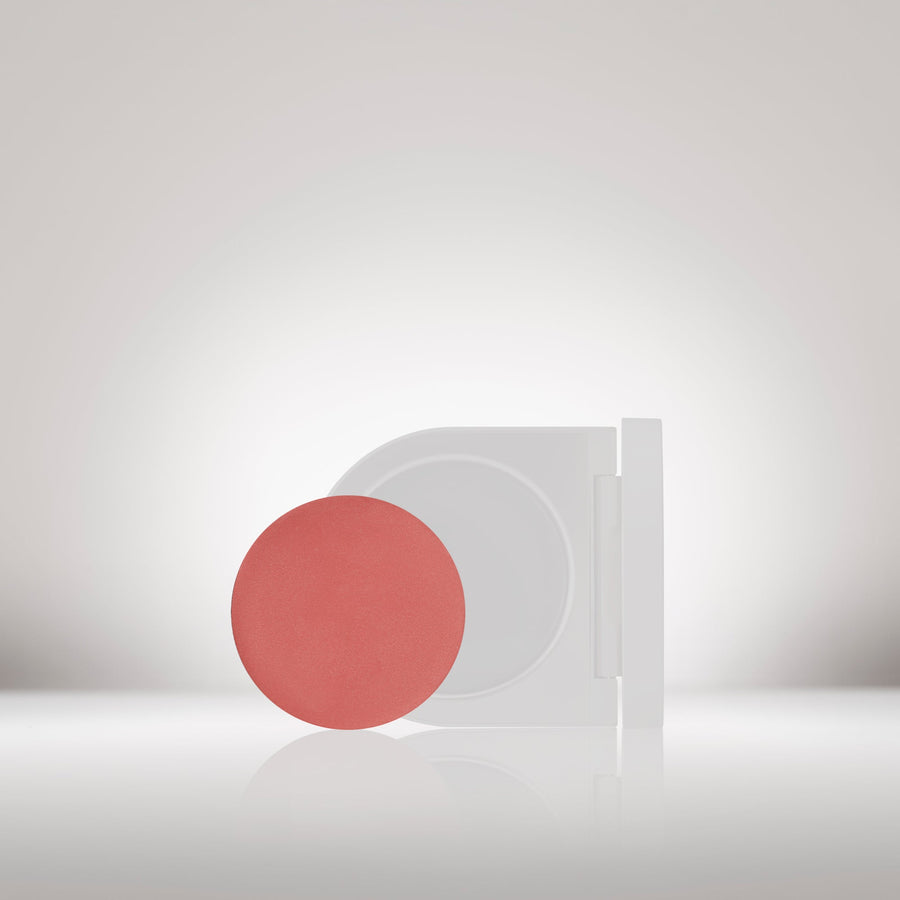
Hydrangea
Light cool pink
Wisteria
Coral pink
Anemone
Coral
Heliotrope
Apricot
Delphine
Muted peach
Daylily
Rich taupe
Foxglove
Warm terracotta
Ophelia
True pink
Camellia
Mauve
Hibiscus
Bright plum
Azalea
Berry
Dahlia
Deep berry
Hydrangea
Light cool pink
Brightening, blurring and refillable

Satin Copper/Copper Shimmer
Satin Cocoa/White Gold Shimmer
Satin Plum/Lavender Shimmer
Satin Olive/Khaki Shimmer
Satin Copper/Copper Shimmer
Pigment-rich, lustrous and versatile

Besotted
Beige pink
Hypnotic
Sandy beige
Poetic
Muted coral
Enigmatic
Terracotta pink
Persuasive
Warm rose
Graceful
Golden brown
Poised
Deep brick
Demure
Cool blush
Intuitive
Deep mauve
Eloquent
Soft plum
Besotted
Beige pink
Line-blurring, plumping and softening

Clear
Lip Treatment Hydrating Lip Balm
Melon Pink
New Lip Treatment Hydrating Lip Balm
Sweet Cherry
New Lip Treatment Hydrating Lip Balm
Plum Berry
New Lip Treatment Hydrating Lip Balm
Clear
Lip Treatment Hydrating Lip Balm
Plush, conditioning and replenishing

The massage therapist talks all things lymphatic drainage, from benefits to at-home techniques to try now.

Dr. Rosemarie Ingleton and esthetician Shani Hillian share their recs, from hydration to supplements
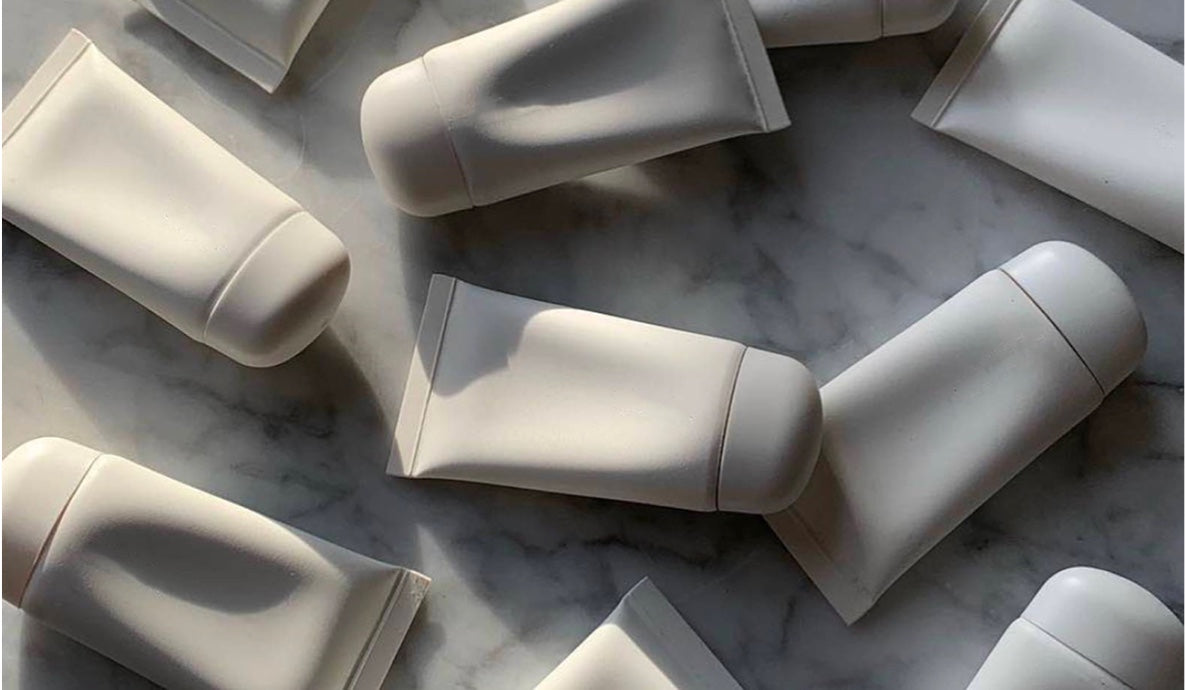
Protect yourself

The massage therapist talks all things lymphatic drainage, from benefits to at-home techniques to try now.

Hint: If you bought your lipstick before the pandemic, it’s time to refresh it.
Add items to your bag to unlock this gift.
Creamy lipstick that plumps the lips while drenching delicate skin in moisture.
Value$28.00 USDBesotted
Beige pink
Hypnotic
Sandy beige
Poetic
Muted coral
Enigmatic
Terracotta pink
Persuasive
Warm rose
Graceful
Golden brown
Poised
Deep brick
Demure
Cool blush
Intuitive
Deep mauve
Eloquent
Soft plum
Besotted
Beige pink
Add items to your bag to unlock this gift.
A barrier-protecting micellar cleansing gel-cream that dissolves makeup and pollution.
Value$26.00 USDAdd items to your bag to unlock this gift.
An alcohol-free daily toner that purifies, exfoliates and brightens to refresh the complexion.
Value$15.00 USDAdd items to your bag to unlock this gift.
A pigment-rich cream shadow that visibly smooths delicate skin while delivering multidimensional looks.
Value$12.00 USDSatin Copper
Rich red copper
Satin Cocoa
Neutral brown
Satin Plum
Deep cool purple
Satin Olive
Dark green
Satin Copper
Rich red copper
Add items to your bag to unlock this gift.
Skincare-infused blush and lipstick for radiant color.
Value$46.00 USDHeliotrope/Enigmatic
Apricot & Terracotta Pink
Hibiscus/Poetic
Bright Plum & Muted Coral
Heliotrope/Enigmatic
Apricot & Terracotta Pink
Add items to your bag to unlock this gift.
A pressed shimmer shadow that visibly smooths delicate skin while delivering multidimensional looks.
Value$12.00 USDWhite Gold Shimmer
Light gold with pearl
Copper Shimmer
Copper gold
Lavender Shimmer
Light metallic purple
Khaki Shimmer
Metallic green-gold
White Gold Shimmer
Light gold with pearl
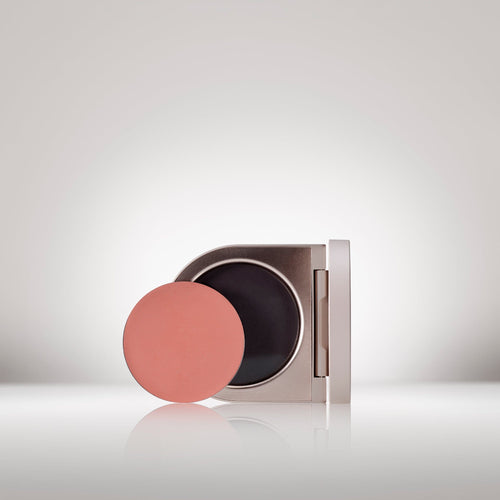
A hydrating cream that brightens and blurs with a radiant...
Hydrangea
Light cool pink
Wisteria
Coral pink
Anemone
Coral
Heliotrope
Apricot
Delphine
Muted peach
Daylily
Rich taupe
Foxglove
Warm terracotta
Ophelia
True pink
Camellia
Mauve
Hibiscus
Bright plum
Azalea
Berry
Dahlia
Deep berry
Hydrangea
Light cool pink
A hydrating cream that brightens and blurs with a radiant...
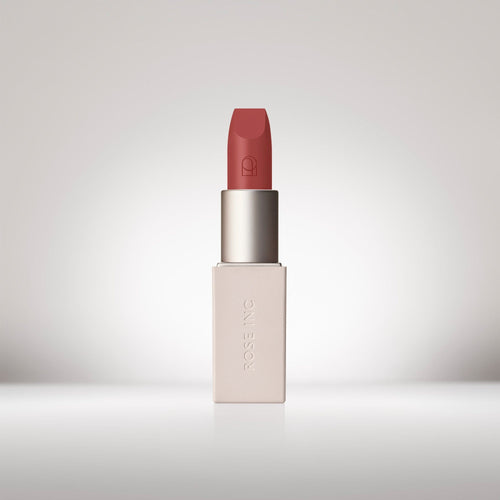
Creamy lipstick that plumps the lips while drenching delicate skin...
Besotted
Beige pink
Hypnotic
Sandy beige
Poetic
Muted coral
Enigmatic
Terracotta pink
Persuasive
Warm rose
Graceful
Golden brown
Poised
Deep brick
Demure
Cool blush
Intuitive
Deep mauve
Eloquent
Soft plum
Besotted
Beige pink
Creamy lipstick that plumps the lips while drenching delicate skin...
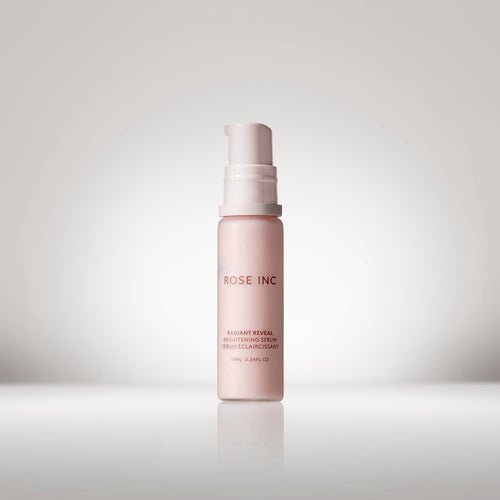
A powerful hydrating serum that instantly brightens the complexion with...
A powerful hydrating serum that instantly brightens the complexion with...
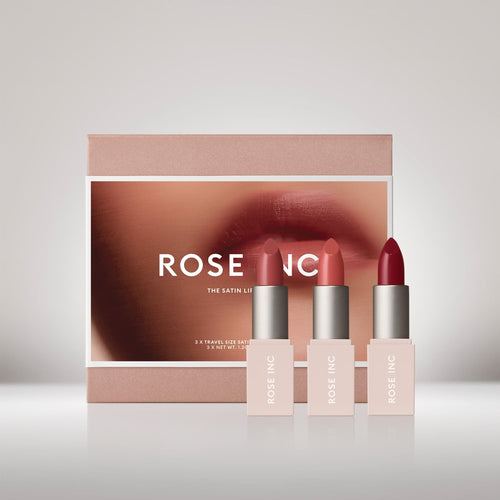
Two mini versions of our bestselling shades and one limited...
Two mini versions of our bestselling shades and one limited...

A conditioning pomade-serum hybrid that volumizes and grooms for expertly shaped brows.
A conditioning pomade-serum hybrid that volumizes and grooms for expertly shaped brows.

An angled brush designed for control and seamless blending along...
An angled brush designed for control and seamless blending along...

A clean beauty essential for nourished, healthy lips. Powered by...
Clear
Lip Treatment Hydrating Lip Balm
Melon Pink
New Lip Treatment Hydrating Lip Balm
Sweet Cherry
New Lip Treatment Hydrating Lip Balm
Plum Berry
New Lip Treatment Hydrating Lip Balm
Clear
Lip Treatment Hydrating Lip Balm
A clean beauty essential for nourished, healthy lips. Powered by...
Your browser is out of date, and may not be compatible with our website.
You can update your browser from the link below.
Download the latest version of your prefered browser



